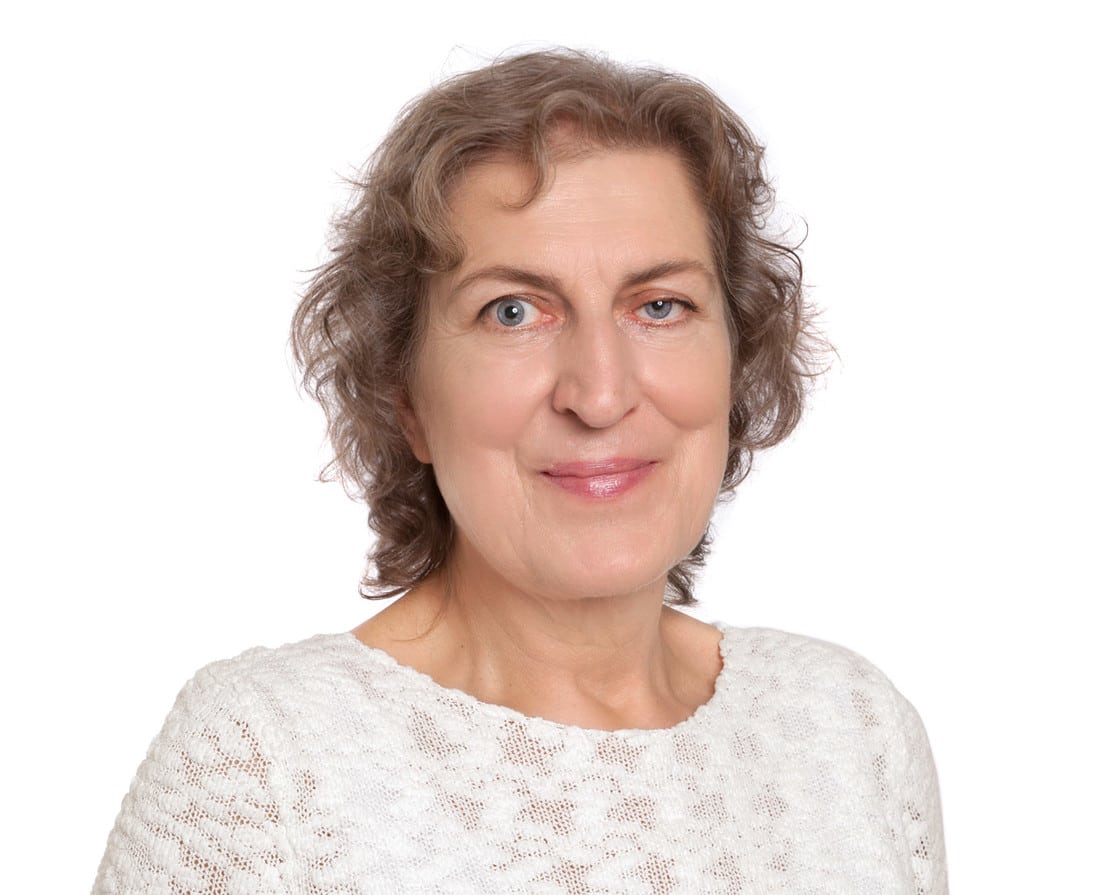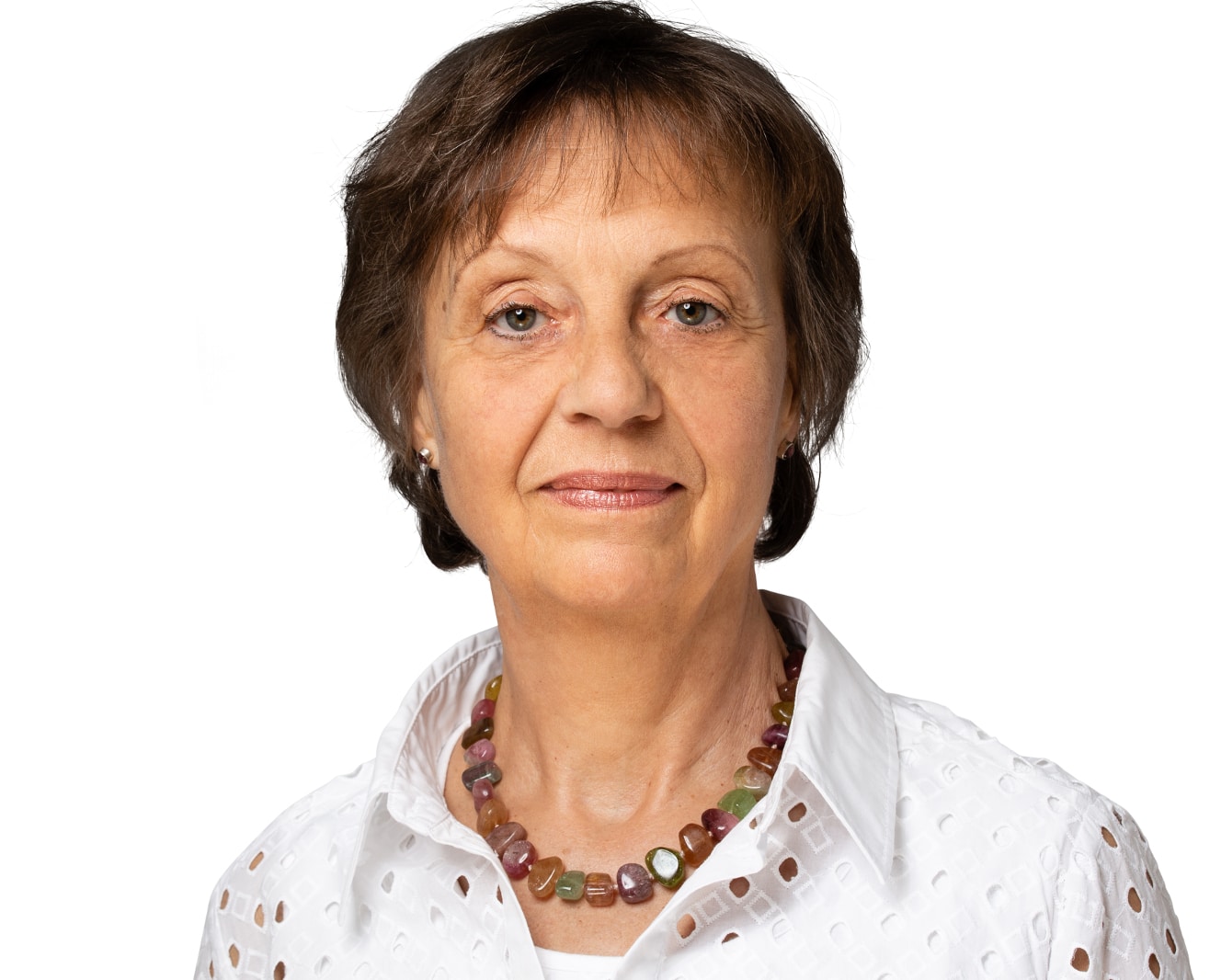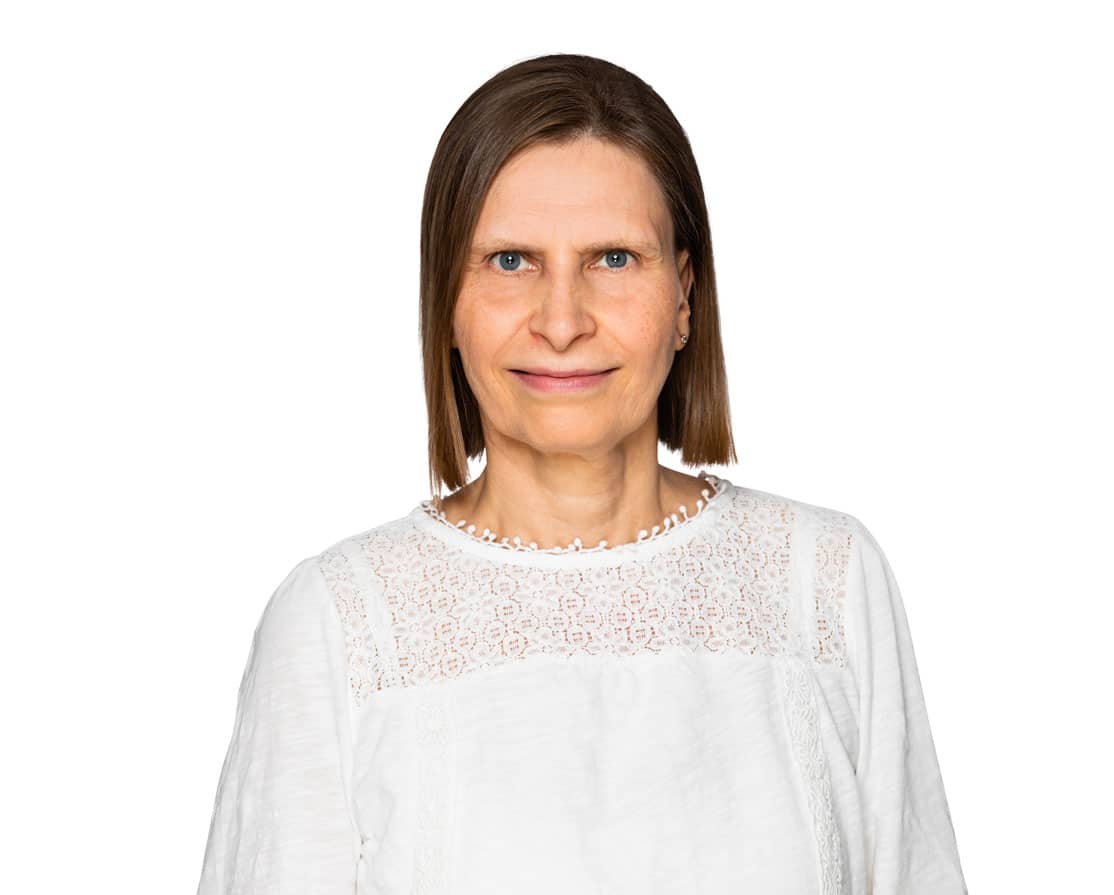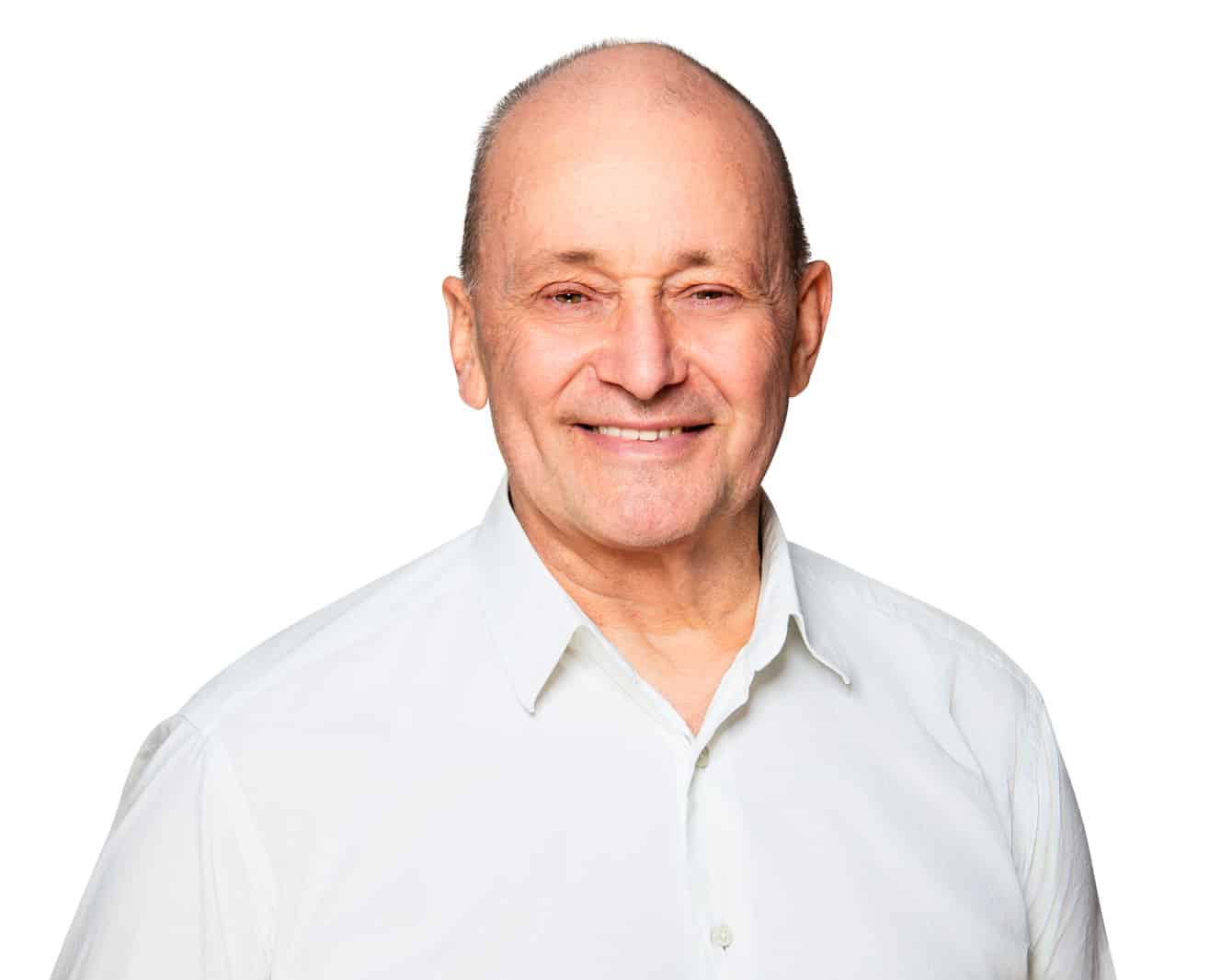Chelation Therapy (heavy metal elimination)
Chelation therapy (from the Greek “chele” = scissors/claw) is a scientifically based therapy for the elimination of heavy metals and is an integral part of integrative and naturopathic treatment measures in the THERA practice. It is practiced all over the world and is also becoming increasingly widespread in Germany.
Mode of action
In chelation therapy, the body is given an infusion solution containing substances known as “chelating agents”. These chelating agents or chelators are artificial amino acids whose main property is to bind metals.
This property is used to remove toxic heavy metals from the body. After infusion of the amino acids, they bind in the body to arsenic, lead or mercury, cadmium or arsenic, for example. This makes these toxins water-soluble and they can then be excreted in the urine.
The most important amino acids used are EDTA (ethylene diamine tetra-acetate), DMPS (dimercapto-1-propanesulfonic acid), DMSA (dimethylsuccinic acid) and DTPA (diethylenetriaminepentaacetic acid).
All active ingredients are approved by the Federal Health Office for infusion therapy.
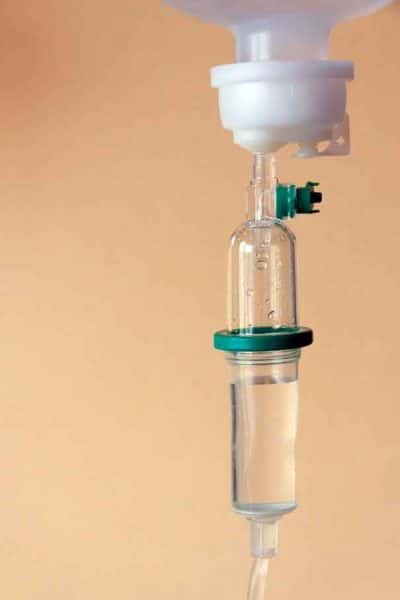
Fig.: As part of chelation therapy, infusions containing amino acids such as DMPS or EDTA are administered. These bind heavy metals in the body and make them water-soluble.
Why is the presence of heavy metals in the body problematic?
Once heavy metals enter our bodies, the exposure remains for life if no countermeasures are taken. Heavy metals are suspected of causing a variety of diseases and symptoms. They can accumulate in the body and damage organs such as the liver, kidneys, brain or glands such as the prostate or thyroid gland – especially if detoxification is restricted or impaired.
Within the cell, they form strong bonds with the body’s own enzymes and minerals (such as calcium or zinc), so that cell metabolism is disrupted, oxidative stress occurs and a micronutrient deficiency can also occur. This explains why heavy metal exposure can lead to health problems or functional disorders of the corresponding organs. Hormonal regulation can also be affected by heavy metal exposure, which can lead to impaired reproductive capacity, for example.
For a number of metals, such as lead and cadmium, large studies, such as the American NHANES II study, have found links between blood levels and increased mortality, as well as increased incidence of heart attacks, strokes, high blood pressure and cancer.
For further information, we recommend the pages of the Medical Society for Clinical Metal Toxicology and Taramax.de.
Further effects
Chelation therapy can also be a complementary form of treatment for arteriosclerosis and its secondary diseases such as peripheral arterial occlusive disease (PAD) or coronary heart disease (CHD) or increased blood pressure.
The reason for this: EDTA reduces calcium overload in the body without affecting the calcium bound to protein in the bones. There is therefore no risk of causing osteoporosis (bone decalcification) as a result of the therapy. However, calcium can be broken down in “abnormal” areas, such as the vascular walls or muscle tissue, by chelation therapy with EDTA. This can also result in pain relief, among other things.
Short video explaining chelation therapy and why it is also effective for arteriosclerosis.
Areas of application
We mainly use chelation therapy in the treatment of circulatory disorders and in cases of proven heavy metal contamination. There is clear evidence of its effectiveness.
The following diseases have been found to be associated with metal exposure:
- cancer
- heart attack
- stroke
Connections with metal exposure are discussed for the following diseases:
- Allergies, hay fever
- Degenerative diseases (Alzheimer’s dementia, Parkinson’s disease)
- Bronchial asthma
- Autoimmune diseases (rheumatic diseases, multiple sclerosis)
- Fibromyalgia syndrome
Procedure for suspected metal contamination
The first step is to confirm the diagnosis by determining the most important metals in the urine.
If elevated levels are measured, the next step is to determine the appropriate chelators (there are different affinities for the respective heavy metals) and draw up a treatment plan.
Chelation therapy can be combined with many other forms of therapy and is also compatible with the administration of blood-thinning medication. It can serve as the basis of any anti-ageing medicine.
Application and safety
Dr. med. Ralf Heinrich has been carrying out chelation therapy since 2006 and has been responsible for training alternative practitioners and doctors for the CST Academy and at the University of Health and Sport since 2008. There are several hundred therapists in Germany and several thousand worldwide who carry out this therapy.
No serious side effects are currently known, provided that this therapy method is used with care. Occasionally, slight pain, fatigue, allergic reactions or a cold feeling or fluctuations in blood pressure may occur during/after the infusion. In the vast majority of cases, chelation therapy is very well tolerated if the accompanying measures are observed.
Implementation
Chelation therapy is only carried out by specialized experts. Depending on age and risk, around 10 to 20 infusions are carried out at intervals of 1-2 weeks. One infusion takes about 3 hours. As minerals and trace elements are also excreted when the therapy is repeated, they are always checked and supplemented in parallel by means of build-up infusions. As a rule, we carry out build-up and elimination infusions alternately in order to ensure the breakdown of toxins on the one hand and the build-up of mitochondria with the corresponding supply of micronutrients on the other. The therapy should also be accompanied by a supplementary wholefood diet.
An infusion of various vitamins, minerals, amino acids and trace elements directly after the elimination process also serves as an antioxidant balance and increases tolerance. At the same time, the effectiveness of elimination is further increased by combining it with mitochondrial system therapy.
How is the implementation carried out?
- We need a fresh urine sample from you before EVERY detox. We use this to check whether your urine pH value is alkaline. If this is not the case, you will be given an alkaline infusion to protect your kidneys and liver.
- You will have a venous access placed in the crook of your arm. The subsequent infusion treatment lasts approx. 2-3 hours.
- A provocation test is carried out at the first and after every 5th detoxification. A urine sample is taken immediately after the chelation therapy and sent to the laboratory for analysis. You will then discuss the results with your doctor.
Your contact persons
Contact and appointment possible at any time
Do one or more of the above points apply to you and would you like to do something for your health? Are you curious? Please feel free to contact us by phone to make an appointment.
You can reach us according to our opening hours at tel. 030 79016533. We look forward to your call or message.
SOURCES
The statements on exposure to heavy metals have been scientifically proven many times over. The following is a selection.
Literature recommendations for laypersons:
Dr Joachim Mutter: Gesund statt chronisch krank! ISBN: 978-3-89881-526-0
Dr Joachim Mutter: Der Feind in meinem Mund. ISBN: 3-00-020048-7 and ISBN: 978-3-00-020048-9
Dr.Morton Walker: Chelation Therapy – How to prevent or reverse hardening of the arteries. ISBN: 0-87131-365-0
Dr. Morton Walker: The Chelation Way. ISBN: 0-89529-415-X
Howard H. Wayne, MD, F.A.C.C: How to protect your heart from your doctor -Alternatives to Bypass surgery & Angioplasty. ISBN: 0-88496-383-7
Dr. med. Jens Collatz: Der Chelat-Weg. ISBN: 3-00-002351-8
John Parks Trowbridge, MD & Morton Walker, DPM: Chelation Therapy. ISBN: 0-954598-01-2
Dr. Julian Whitaker: Herzoperation, der vermeidbare Eingriff
Harold& Arline Brecher: Chelation Therapy – and other Heart-Savers. ISBN:0927839-46-6
Dr. Krieg und Keilhauer: Die Chelat-Plus Therapie. ISBN: 3-022 779-24-7
Arline und Harold Brecher: Gesund und fit bis ins hohe Alter dank Chelat-Therapie. ISBN:3-922 779-29-8
Halsteaed & Rozema: The Sientific Basis of EDTA Chelation Therapy. ISBN: 0-9656884-0-2
Elmer M. Cranton, MD: A Textbook on EDTA-Chelation Therapy. ISBN: 1-57174-253-0
Peter Kummer und Jens Collatz: Kranker Patient guter Patient. ISBN: 3-920 780-77-9
Michael Culbert DSc: Medical ARMAGEDON update 2000. ISBN:0-963 6487-5-6
Graf Karlheinz: Ganzheitliche Zahnmedizin. ISBN 3-87758-161-7
Dr Joachim Mutter: Amalgan – Risiko für die Menschheit. ISBN 3-89526-030-4
The IBCMT_Protocol for the save and effective application of EDTA-Chelation Therapy (Clinical Metal Toxicology). Published by the International Board of Clinical Metal Toxicology.
International scientific studies:
Adams WJ and McGee CT: Chelation therapy: a survey of treatment outcomes and selected socio-medical factors. J Adv Med 5(3):189, 1992.
AL-SALEHI SK. (2009): Effects of bleaching on mercury ion release from dental amalgam. J Dent Res. 88(3): 39-43.
APOSHIAN HV. (1998): Mobilization of mercury and arsenic in humans by sodium 2,3-dimercapto-1-propane sulfonate (DMPS). Environ Health Perspect. 106(Suppl 4): 1017-1025.
BELLES M, ALBINA ML, SANCHEZ DJ et al. (2002): Interactions in developmental toxicology: effects of concurrent exposure to lead, organic mercury, and arsenic in pregnant mice. Arch Environ Contam Toxicol. 42(1): 93-98.
BORDIGNON V, PALAMARA F, CORDIALI-FEI P et al. (2008): Nickel, palladium and rhodium induced IFN-gamma and IL-10 production as assessed by in vitro ELISpotanalysis in contact dermatitis patients. BMC Immunol. 9: 19.
BUSSELBERG D. (1995): Calcium channels as target sites of heavy metals.Toxicol Lett. 82-83: 255-261.
Cantilewa LR, Klassen CD: The effect of chelating agents on the excretion of endogenous metals. Toxicol Appl Pharmacol 63:344, 1982
Catsch A and Harmuth-Hoene AE: Pharmacology and therapeutic applications of agents used in heavy metal poisoning. Pharmac Ther. A, (1):1, 1976.
Chelation therapy (Diagnostic and therapeutic technology assessment). JAMA 250:672, 1983.
Chelation therapy: a second look. The Harvard Medical School Health Letter, IX:1, 1984.
Chelation Therapy Clinic: Chelation therapy – the treatment of choice for relief from and prevention of, cardiovascular and age-related diseases. Aukland, New Zealand, The Chelation Therapy Clinic, 1987.
Chelation therapy. Resolution: 66 (I-84). AMA House of Delegates. 1984.
Chelation therapy. Report of the Council on Scientific Affairs. Report F (I-84). AMA House of Delegates. 1984.
Chelation therapy – An informal summary. Department of Health & Human Services. National Institutes of Health. National Heart, Lung, and Blood Institute. Bethesda, Maryland. June 1992.
Curran CL: Metal chelating agents and hepatic cholesterol synthesis. Proc Soc Exper Biol & Med 88:101, 1955.
Davis PS and Deller DJ: Effect of orally administered chelating agents EDTA, DTPA and fructose on radioiron absorption in man. Aust Ann Med 16:70, 1967.
DGPT – DEUTSCHE GESELLSCHAFT FÜR PHARMAKOLOGIE UND TOXIKOLOGIE (1990): Stellungnahme zur Toxizität von Zahnfüllungen aus Amalgam. Beratungskommission Toxikologie der DGPT. Mitteilungen 1990(5): 24-26. Nachdruck: Med Klin 85: 350-352.
DU H, ZHU X, FAN C, XU S, WANG Y, ZHOU Y. (2012): Oxidative damage and OGG1 expression induced by a combined effect of titanium dioxide nanoparticles and lead acetate in human hepatocytes. Environ Toxicol. 27(10): 590-597.
FOURNIE GJ, MAS M, CAUTAIN B et al. (2001): Induction of autoimmunity through bystander effects. Lessons from immunological disorders induced by heavy metals. J Autoimmun. 16(3): 319-326.
Foreman H: Pharmacology of some useful chelating agents. In Seven MJ and Johnson LA (eds): Metal-Binding in Medicine. Philadelphia, JB Lippincott, 1960.
Foreman H: The use of chelating agents for excelerating excretion of radioelements. J Am Pharm Assoc (42): 629, 1953.
Foreman H: Summary remarks by the chairman. [Proceedings of a conference on biological apects of metal-binding.] Fed Proc 20 (Suppl 10):257, 1961.
Foreman H: Use of chelating agents in treatment of metal poisoning with special emphsis on lead. Fed Proc 20 (Suppl 10):191, 1961.
Forssman O and Nordqvist P: The action in vitro and in vivo of sodium versenate on the phagocytic activity of neutrophile leukocytes. Acta Haemat 31:289, 1964.
Gordon GF: Oral chelation with EDTA. J Holistic Medicine 8(1):79, 1986.
Gotto AM Jr: Chelation therapy in 1984. Texas Medicine, 80:36, 1984
Handbook of Metal-Ligand Interactions in Biological Fluids. Guy Berthon ed. Marcel Dekker, Inc. N.Y., N.Y. Vol 2. p. 1486, 1995
HALLAB NJ, CAICEDO M, FINNEGAN A et al. (2008): Th1 type lymphocyte reactivity to metals in patients with total hip arthroplasty. J Orthop Surg. 3: 6.
Hart H and Lazlo D: Modification of the distribution and excretion by radioisotopes by chelating agents. Science 118:24, July 1953.
IARC – INTERNATIONAL AGENCY FOR RESEARCH ON CANCER (2010): Carbon black, titanium dioxide, and talc. IARC Monographs on the Evaluation of Carcinogenic Risks to Humans. Vol. 93. International Agency for Research on Cancer, World Health Organization, Lyon, France.
IARC – INTERNATIONAL AGENCY FOR RESEARCH ON CANCER (2004): Overall Evaluations of Carcinogenicity to Humans As evaluated in IARC Monographs Volumes 1-88. International Agency for Research on Cancer, World Health Organization, Lyon, France.
INSTITORIS L, KOVACS D, KECSKEMETI-KOVACS I et al. (2006): Immunotoxicological investigation of subacute combined exposure with low doses of Pb, Hg and Cd in rats. Acta Biol Hung. 57(4): 433-439.
JENNETTE KW. (1981): The role of metals in carcinogenesis: biochemistry and metabolism. Environ Health Perspect. 40: 233-252.
JENNRICH P. (2007): Schwermetalle – Ursache für Zivilisationskrankheiten. CO`MED Verlagsgesellschaft mbH, Hochheim.
JENNRICH P. (2011): Europarat ruft dazu auf, die Umweltbelastung durch Schwermetalle zu reduzieren. COMED 07/2011: 1-5.
Kebe SR: ACTH and a chelating agent for schizophrenia. West Med 4:46, 1963
Klassen CD: Heavy metals and heavy metal antagonists. Goodman and Gilman’s :The Pharmacological Basis of Therapeutics. 6th Ed.: 1634,1980
Klassen CD: Heavy metals and heavy metal antagonists, in Gilman AG, Goodman LS, Rall TW, Murad F (eds): The pharmacological Basis of Therapeutics, 7th ed. New York, Macmillan, pp. 1605,1985
Oser BL: Observations on the chronic ingestion of a chelating agent by rats and dogs. Fed Proc 20(Suppl 10):158, 1961
Painter JT and Morrow EJ: Porphyria. Its manifestations and treatment with chelating agents. Texas State J Med 55:811, 1959
Pullman TN, Lavender AR and Forland M: Synthetic chelating agents in clinical medicine. Ann Rev Med 14:175, 1963
Rutman JZ, Melttzer LE, Kitchell JR, et al: Effect of metal ions on in vitro gluconeogensis in rat kidney cortex slices. Am J Physiol 208:841, 1965
Schroeder HA, Menhard EM and Perry HM Jr: Antihypertensive effects of metal binding agents. J Lab & Clin Med 23:416, 1955
Schubert J: Radioelement removal by chelating agents: application of mass action laws and other factors. Fed Proc 20(3) Part II Supp#10:206, 1961
Seven MJ: Observations on the dosage of intravenous chelating agents. Antibiotic Med 5:251, 1958
Seven MJ and Johnson LA: Metal Binding in Medicine, JB Lippincott, Phila, 1960.
Seven MJ: Observations on the toxicity of intravenous chelating agents. In: MJ Seven and LA Johnson (Eds). Metal Binding in Medicine JP Lippincot, Phila, 1960
Administration. Proceedings of the Society of Experimental Biology and Medicine, 82: 266, 1953
Silverglade A: Chelation clinics. Chest 87:274 1985.
Sincock A: Life extension in the rotifer by application of chelating agents. J Gerontol 30:289, 1975
Tandon SK: Combination therapy: a better approach to chelation in metal intoxication. Plzen.lek.Sborn. Suppl.56:187, 1988
Walshe JM: Triethylene tetramine. Lancet, ii 154, 1970





